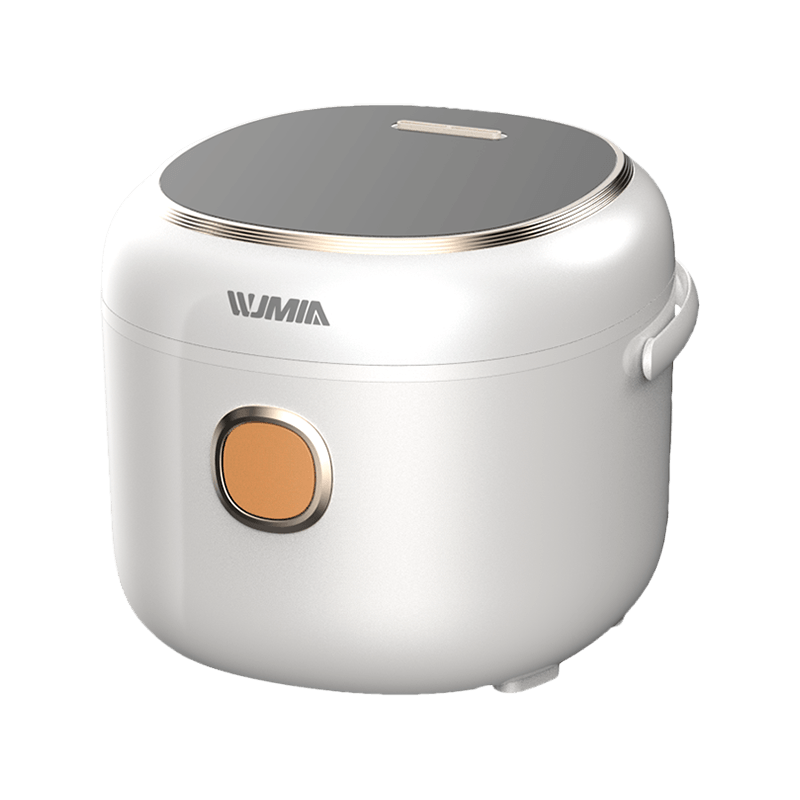
The Basics of a Rice Cooker:
A rice cooker consists of a cooking pot, a heating element, and a thermostat. The heating element and thermostat work together to regulate the temperature and cooking time, ensuring that the rice is cooked evenly. Most modern rice cookers feature additional settings, such as a timer, a keep-warm function, and different rice types (white rice, brown rice, sushi rice, etc.) to cater to diverse cooking needs.
Types of Rice Cookers:
a. Traditional Rice Cooker: This basic type of rice cooker operates with a single switch, automatically turning off once the rice is cooked. It is suitable for simple rice cooking and comes in various sizes to accommodate different serving portions.
b. Multi-Functional Rice Cooker: Advanced models offer a range of features, such as programmable timers, delay start options, and various cooking modes for different rice varieties. Some even include additional functionalities like steaming vegetables or cooking soups, making them versatile kitchen companions.
Steps to Perfect Rice:
a. Rice-to-Water Ratio: The ideal ratio of rice to water may vary depending on the type of rice being cooked. As a general guideline, a 1:2 ratio (one cup of rice to two cups of water) is suitable for most white rice varieties. However, brown rice often requires a higher water ratio due to its longer cooking time.
b. Washing Rice: Before cooking, rinse the rice thoroughly to remove excess starch and impurities. This step helps improve the texture and flavor of the cooked rice.
c. Soaking (Optional): Soaking rice for about 30 minutes before cooking can enhance its texture and shorten the cooking time. This step is particularly beneficial for brown rice.
d. Adding Seasonings: Rice cookers allow for the addition of seasonings, such as salt, spices, or broth, to infuse the rice with extra flavor. Experiment with different combinations to create unique rice dishes.
e. Cooking Process: After adding the appropriate amount of water and rice, close the lid of the rice cooker and select the desired cooking mode. The rice cooker will automatically adjust the cooking time and temperature accordingly.
Tips for Optimal Results:
a. Avoid Opening the Lid: Opening the lid during the cooking process can disrupt the temperature and moisture balance, leading to unevenly cooked rice. Only open the lid once the cooker switches to the "keep warm" mode.
b. Fluffing the Rice: After the cooking process is complete, allow the rice to rest for a few minutes, then gently fluff it with a fork or paddle. This helps release excess steam and maintains the rice's light and fluffy texture.
c. Experiment with Different Grains: Rice cookers are not limited to cooking only rice. Explore the versatility of your rice cooker by experimenting with other grains like quinoa, millet, or even making oatmeal.
The rice cooker is an essential tool for achieving perfectly cooked rice effortlessly. By understanding the basics of a rice cooker and following a few simple tips, you can elevate your rice-cooking skills and expand your culinary repertoire. Embrace the convenience, precision, and versatility

 English
English 中文简体
中文简体 русский
русский














